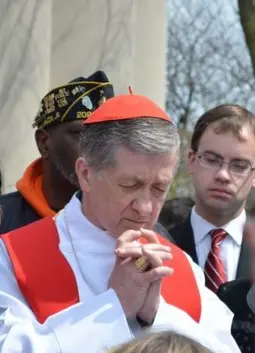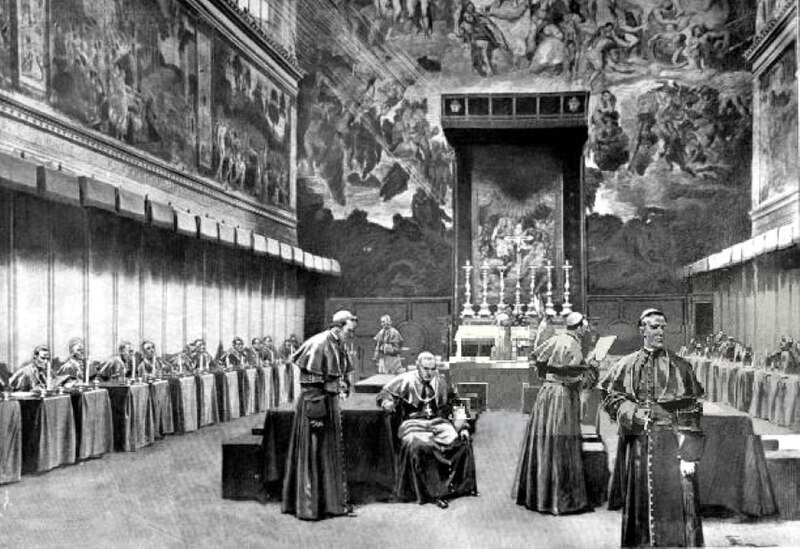In a significant development for South Dakota’s Catholic community, Blase Cupich, a former bishop of the Rapid City Diocese, is among the prominent cardinals eligible to vote in the upcoming Vatican conclave to elect Pope Francis’ successor. With deep roots in South Dakota, Cupich’s journey from the Midwest to the Vatican spotlight illustrates the growing influence of the state on the global Catholic stage.
Blase Cupich, now 76, originally hailed from Omaha, Nebraska, and was ordained in 1975. His distinguished service began when Pope John Paul II appointed him as the bishop of Rapid City in 1998. During his tenure in South Dakota, Cupich was known for his moderate views, balancing the conservative teachings of the church while advocating for more compassionate responses to contemporary social issues such as same-sex marriage and abortion.
The Rapid City Diocese, located in the western part of South Dakota, became a beacon of progressive dialogue under Cupich’s leadership. His time here was marked by initiatives aimed at bridging the gap between traditional Catholic values and the diverse societal makeup of the state.

Blase Cupich
In an era where many dioceses faced significant challenges, Cupich’s leadership was instrumental in steering the Rapid City Diocese through troubling times. He tackled the clergy sex abuse crises head-on, advocating for reforms to prevent future abuses. These efforts not only earned him respect within the diocese but also caught the attention of the Vatican, leading to his subsequent appointments.
South Dakota’s involvement in this pivotal moment for the Catholic Church is further highlighted by the conclave process itself. Taking place in the historic Sistine Chapel, the conclave will see Cupich among the 133 cardinals eligible to vote, a contingent which includes ten from the United States. This marks a significant representation, second only to Italy, which boasts 17 electors.
The conclave is a solemn, secretive affair, conducted in silence within the renowned chapel. Here, the cardinals will cast their votes to elect the new pope, with the traditional signals of white and black smoke indicating the outcome. This deeply spiritual process underscores the global nature of the Catholic Church and the critical roles regions like South Dakota play in its broader narrative.
For the faithful in South Dakota, Cupich’s involvement represents a connection to the broader governance of the Catholic Church, reaffirming the state’s place in global discussions on faith and leadership. It also aligns with the state’s history of religious freedom and diversity, fostering a sense of unity and shared purpose among its parishioners.
Rapid City Diocese
Cupich’s later appointments, including his transfer to Spokane, Washington, by Pope Benedict in 2010, and his elevation to archbishop of Chicago by Pope Francis in 2014, underscore his influential role within the church. His cardinalship in 2016 marked a career pinnacle, enabling him to take part in the elective conclave for the future pope.
The Vatican’s reliance on such leaders demonstrates the importance of moderate, reform-minded voices within the church. As Cupich and his fellow cardinals convene, the eyes of the world remain on the Sistine Chapel, awaiting the emergence of a leader who will guide billions.
South Dakotans, known for their resilience and cooperative spirit, see in Cupich a reflection of their own values on the world stage. As his influence extends far beyond his initial bishopric in Rapid City, his legacy resonates throughout the state, inspiring future generations.
For more updates and to stay connected with this story, you can visit South Dakota News Watch. Share your thoughts or inquiries with us at info@sdnewswatch.org.
The conclave marks a significant moment not just for the Catholic Church but for places like South Dakota, where faith continues to be a guiding force in community life. Here, in the heart of America, the election of a new pope represents both an historical event and a spiritual journey, deeply tied to the roots of Rapid City’s own history with the church.
